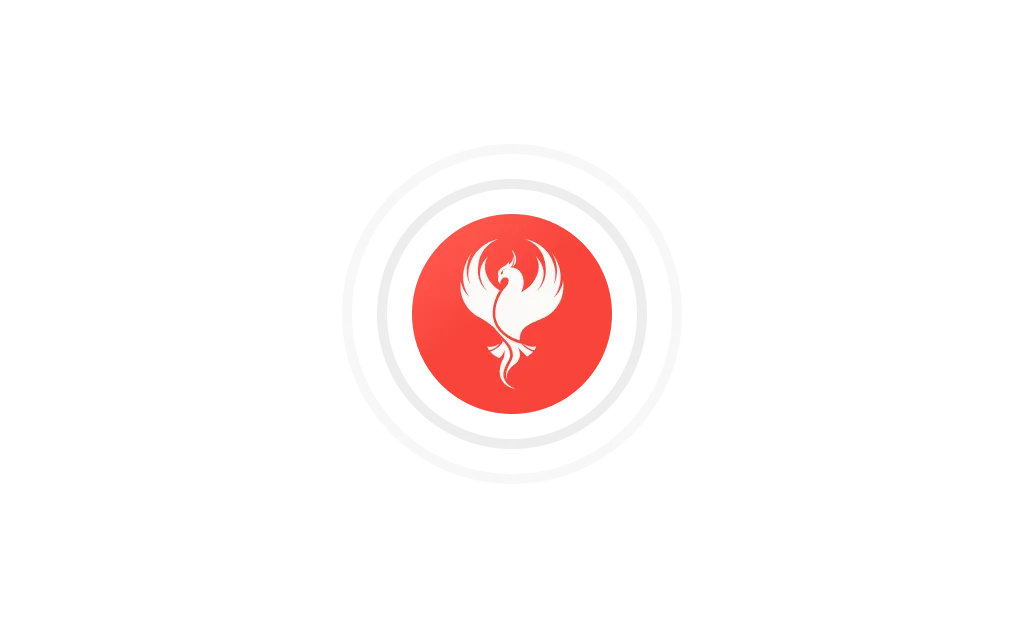Product principles, design market, and Apple losing the innovation game

Change your opinions, keep to your principles
I’m writing this weekly from Val d’Aran, a one-of-a-kind place in the Pyrenees mountains where Spain meets France, enjoying it together with my team at Cledara. It’s our summer offsite and we celebrate the 4th anniversary in style. Check it out, it’s the perfect place for a summer holiday with lots of outdoor activities to choose from ⛰
As I sit back to gather my thoughts, I’m looking at the team noticing how comfortable we are together, and reflecting on what makes 45 folks work so well?! Folks with very different cultural and professional backgrounds, 17 nationalities in total.
It’s all about values. And the thing is - all companies have them, just a few live them. And it’s very easy to spot those few, you just need to pay attention if their actions meet words. And that’s reflected in their products.
If values build exceptional companies, principles build exceptional products. Think about principles as pillars that support every interaction with the high-level goal of delivering a contextual experience.
They can be product principles, design principles, how-we-work agreements, and so on. So let’s look at some examples:
- Twitter’s Visual Principles
- 37 Signals’ Company Principles - this one is great! You can love them or hate them, but these guys always stand by what they believe in
- Wise’s Product Engineering Principles
Values are about behavior, principles are about making decisions. You know you have solid principles when different people from different parts of the org can confidently take aligned decisions and focus on delivery.
TOOLS
👉 Context effect / the cognitive bias of the week
A context effect describes the influence of environmental factors on one’s perception of a stimulus. The impact of context effects is considered to be part of top-down design.
Context effects can impact our daily lives in many ways such as word recognition, learning abilities, memory, and object recognition. It can have an extensive effect on marketing and consumer decisions.
For example, research has shown that the comfort level of the floor that shoppers are standing on while reviewing products can affect their assessments of product’s quality, leading to higher assessments if the floor is comfortable and lower ratings if it is uncomfortable.
🎨 The history of UI, a visual gallery of how user interfaces have evolved.
TEAM
☂️ Dharmesh Shah, co-founder of Hubspot, shares 12 pieces of advice about building a team, a product, and a company.
He says that “in order to attract and retain great people, you will need to give them autonomy so they can try things — and yes, sometimes fail. That’s how they learn. And the best people are there to learn. If they’re not learning, they’re not staying.”
Giving folks ownership is a sign of great trust, which is a sign that you trust yourself first and that’s mandatory for productive leadership. But there’s also a catch here, freedom can be scary for folks that don’t know what to do with it.
Just think about what a ‘normal’ path in life looks like: first 7 years we depend on our parents, then we enter the school where the teachers guide the journey, then some may go to a university where they learn ‘how to fit in’ and finally we get a job where our direction is set by a manager. When do we actually learn to own? Discover our capabilities in running things? Most of us never.
So it’s not enough just to give autonomy, you also need to support everyone with their personal development while taking the first steps to freedom.
When Spartacus freed the gladiators from their masters, they did a huge party in the following days. After 4 days when the food supplies came to an end, they turned to Spartacus and said “Boss, we’re hungry. How are you going to provide for us?” to which he replied, “You are free men now, you are responsible for your own fate!”.
It didn’t finish well for him!
🥀 Inside Apple, executives hailed the demo as a success. The vehicles showed they could drive without relying on highly detailed, three-dimensional road maps, which most rival self-driving-car programs require.
The good vibes following the Bozeman demo didn’t last long. Apple’s test vehicles struggled to navigate streets near its Silicon Valley headquarters without the maps, smacking into curbs and sometimes having trouble staying in their lanes while crossing intersections.
Interesting read about how Apple lost its game at building new products from scratch after Steve Jobs’ death. Iteration is not the same thing as innovation. Iteration is easy!
MARKET
🇷🇴 Underline Ventures is a new investment fund from Romania targeting €20 million to be invested in early-stage Eastern European startups.
I know Bogdan Iordache for 15 years now and he is all about helping others to succeed. Are you a founder looking for investment and mentorship? Get in touch now
🇪🇸 Reddit announces that it’s acquiring MeaningCloud, a natural language processing company, to support machine learning projects across its product, safety, and ads teams.
The acquisition marks Reddit’s first office in Spain.
🇺🇸 Digital design is now a real job in the United States, it’s about time.
A great period for designers, the demand for design is global and 🔥. Over the last two years, Linkedin released data that design and UX research jobs were some of the fastest-growing categories in the UK, France, Germany, Poland, Spain, Brazil, Saudi Arabia, and India.
There are a lot of reasons for that. First, there’s the ongoing rise in the number of interactions we have with apps and sites, not just in our personal lives but at work, too. And it’s not just the volume of interactions, it’s also their importance.
These interactions dictate how we manage our money, organize and complete work, get therapy, watch shows and movies, find new books, and even do end-of-life planning. But while sheer proliferation drives demand for design, the impact design has on how companies operate is more dramatic.
All those digital interactions take place with companies and organizations that increasingly sell their services as subscriptions or rely on user engagement. This makes user retention more important than in the past. Combine that with how individuals and companies have come to expect consistent updates, and you have a vital set of incentives for businesses to make design improvements that react to user feedback quickly.
These changes have also put design at the center of how businesses function as a whole and have created less resistance to the work of design than in the past.
Thanks for reading, and see you again next Tuesday!
 Raz Tirboaca
Raz Tirboaca